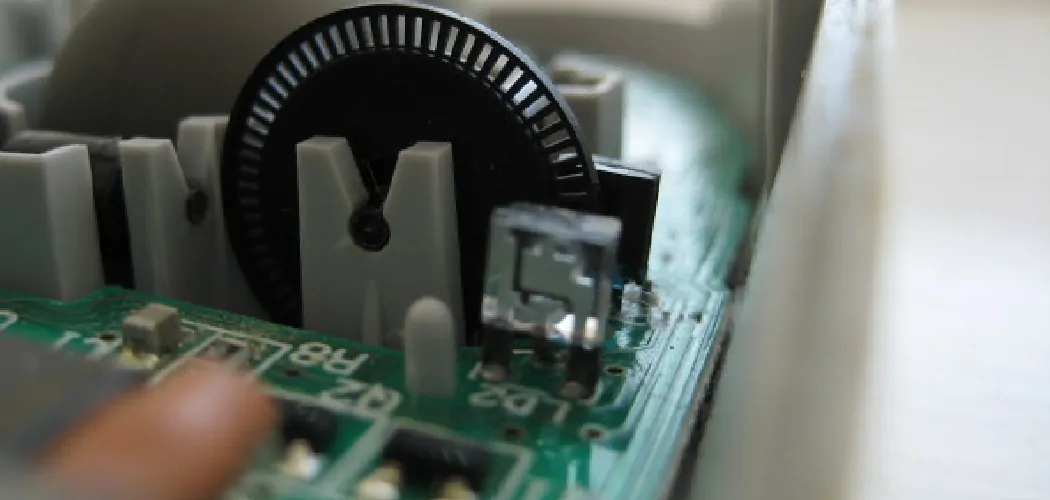Ever wondered how streetlights magically know when to turn on or off? Enter the humble photocell, the unsung hero behind this daily wonder. A photocell is a nifty little electronic component that detects light, like a vampire, but less scary and tech-savvy.
It’s widely used in streetlights, solar panels, security lights, and other cool gadgets that are smart enough to know when the sun’s gone to bed. By detecting the presence or absence of light, photocells play a key role in automating lighting and energy systems, making our lives much simpler. Also, they seamlessly integrate into modern, energy-efficient technologies, helping us save a bit of that precious juice we call electricity. So, when you’re pondering, “how does a photocell work,” just remember: these nifty little devices are busy making our world a brighter, smarter place without breaking a sweat (or a sweatband).
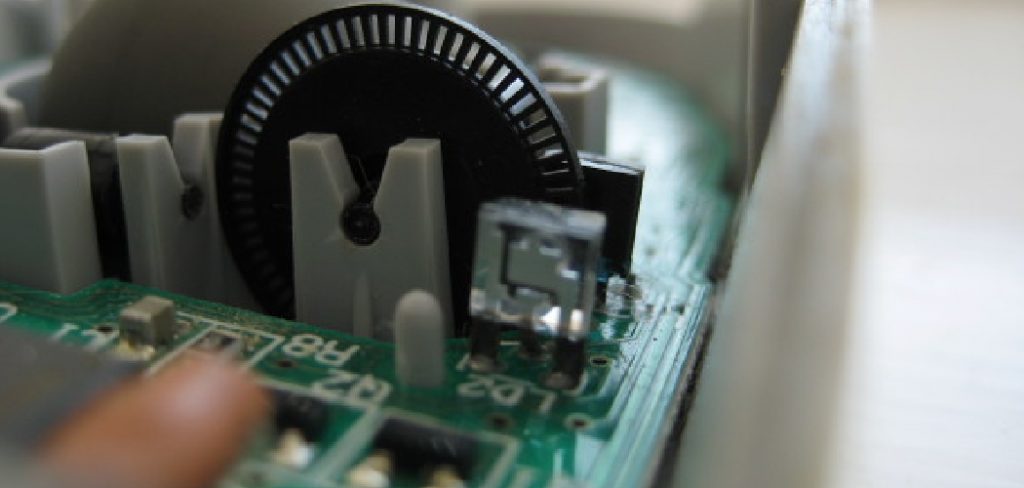
What is a Photocell
A photocell, also known as a photoresistor or light-dependent resistor (LDR), is a light-sensitive component that plays a pivotal role in modern technology. At its core, a photocell adjusts its electrical resistance in response to varying light levels; in bright conditions, it decreases resistance, allowing more electricity to flow, and vice versa in dim light. They essentially act as the eyes of electronic devices, adapting to light changes around them with minimal fuss.
Several types of photocells cater to different needs, including photoresistors, photovoltaic cells, and photodiodes. Photoresistors are common in light-sensing devices; photovoltaic cells convert light directly into electricity, and photodiodes are used for precise light measurements. These little light wizards are commonly found in outdoor lighting systems like streetlights, automatic doors, and even solar-powered calculators. So, next time your lights magically flick on at dusk or a door greets you by sliding open, you know a photocell is working its charm.
How Does a Photocell Work: The Basics
Light Detection Mechanism
So you’ve got this neat gadget called a photocell, and it operates on a pretty simple premise: detect light and do its magic. A semiconductor is at the heart of a photocell’s operation, which is a fancy term for saying “something that loves to play chicken with electrons.” When photons, or light particles, pay a visit to this semiconductor, it undergoes a radical transformation—its resistance drops like a hot potato, enabling electricity to flow more freely. This part of the process is like opening a water tap; the more light there is, the more electricity flows through, illuminating all kinds of nifty devices.
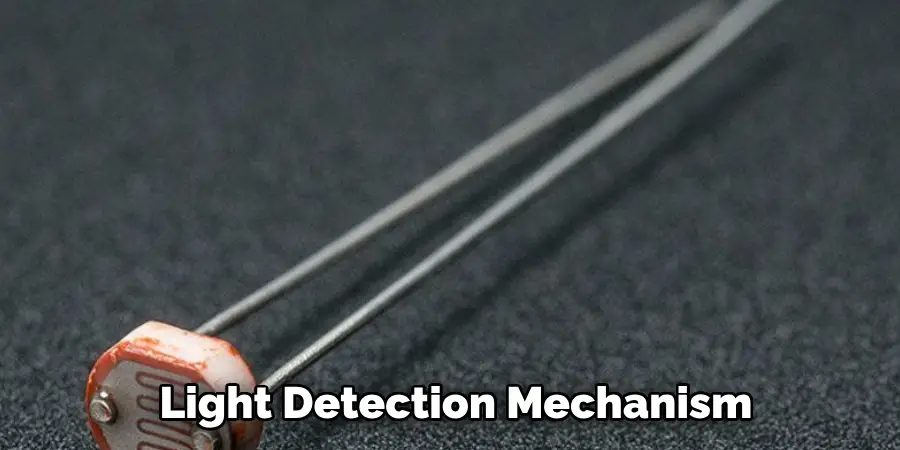
Conversion of Light to Electrical Signal
Let’s dive a bit deeper into the photocell party, shall we? When light particles, also known as photons, hit the semiconductor material in a photocell, it’s like a small lightbulb moment (pun totally intended) for its electrons. These excited electrons start jumping around with glee, lowering the semiconductor’s resistance. Picture it as a traffic cop waving cars through a busy intersection; the more open the road (or lower the resistance), the easier it is for electrical current to blaze a trail. During daylight or when a light source is present, this process allows more current to pass through the photocell, signaling to connected devices that it’s time to shine.
Typical Behavior in Light and Darkness
Now, what happens when the sun bids adieu or a light switch is flicked off? Well, the photocell switches up its game plan. With no photons to rile up the electrons, the semiconductor starts playing hard to get, increasing resistance like it’s guarding some elusive treasure. This is the photocell’s way of telling the current, “Hold your horses!” and reducing the flow of electricity. In dark conditions or at night, photocells keep electricity usage low, saving energy and those magic electrons for when they’re truly needed—like the next time a streetlight or security system has to spring to life.

Key Components and Working Principles of Photocells
Semiconductors in Photocells
Photocells rely heavily on semiconductors, those magical materials that handle electrons with the finesse of a maestro. Cadmium sulfide (CdS) is a popular choice in photoresistors because it’s particularly good at altering resistance based on how much or how little light hits it. When these materials are exposed to light, their resistance drops. It’s like they’re part-time slackers who suddenly get really efficient when they see sunlight.
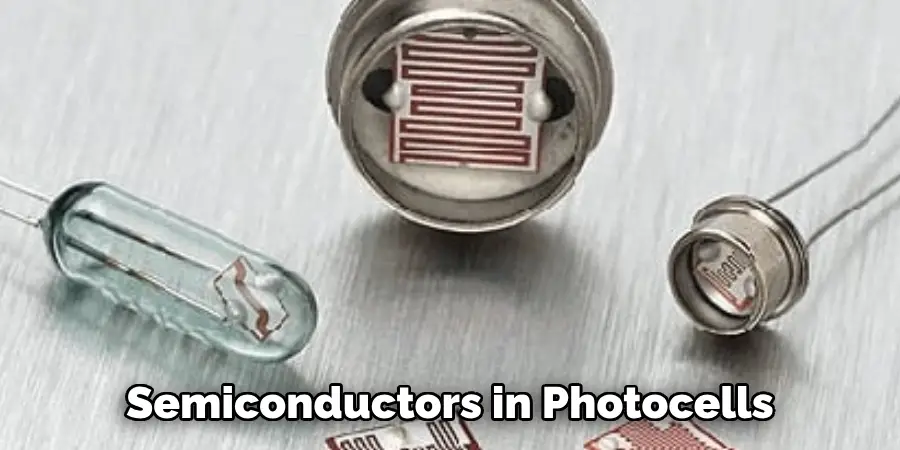
The Role of Photons
Photons are the tiny light messengers that make photocells flicker to life. When photons zoom in and bombard the semiconductor material inside the photocell, they give the electrons a good kick in the pants. This infusion of energy makes the electrons hop around, lowering resistance. It’s akin to waking up in a sleepy factory by turning on all the lights and machinery.
Circuit Integration
Photocells don’t just work in isolation; they’re social butterflies in the circuit world. They’re typically wired into electrical circuits to act as switches, controlling the flow of electricity to different devices. For example, when integrated into a lighting system, a photocell can take on the very official job title of “Light-Control Switch,” cutting power when it’s light and allowing flow when it’s dark. It’s like having an electricity butler catering to your lighting whims.
Threshold Adjustment
Some photocells have a nifty feature that allows users to set the light threshold for activation. These user-friendly variants mean you can choose just how little or how much light is needed to kick things into gear. Adjusting this sensitivity is perfect for folks who want their porch lights to respond only to serious darkness or to save energy by reducing unnecessary light activation. It’s like tweaking a lightbulb dimmer but with extra smarts.
Types of Photocells and Their Applications
Photoresistors (LDRs)
Photoresistors, or light-dependent resistors (LDRs), are the unsung heroes of light detection. These little sensors alter their resistance based on the ambient light level, making them perfect for applications where automatic lighting control is essential. You’ll often find photoresistors in automatic night lights, where they ensure your path is lit without you lifting a finger. They’re also used in clock displays to adjust brightness according to room light, not to mention in some fun electronic kits for budding tech enthusiasts.
Photovoltaic Cells
Photovoltaic cells, often called solar cells, are the powerhouse of sustainable energy solutions. These cells convert sunlight directly into electricity through the photovoltaic effect. A staple in solar panels and calculators, photovoltaic cells harness energy from the sun and transform it into a practical power source, reducing reliance on traditional electricity. They’re like tiny energy factories, working tirelessly to provide clean power wherever installed.

Photodiodes
Photodiodes are the watchful owls of the photocell family. Extremely sensitive to light, they are perfect for high-speed light detection applications. You’ll see photodiodes in action within fiber optics communication systems and digital cameras, where rapid response times and accuracy are critical. These devices work by converting light into an electrical current, facilitating efficient data transmission and precisely capturing photographic images.
Phototransistors
Phototransistors are like the overachieving cousins with their knack for precise light detection in complex circuits. They function similarly to regular transistors but are light-sensitive, amplifying the electrical signal created when exposed to light. This makes them indispensable in optocouplers and other applications requiring precise control of electrical signals, serving as vital components in more sophisticated electronic designs. Their ability to control larger currents with light input makes them invaluable in advanced technology solutions.
Real-World Applications of Photocells
Streetlights and Outdoor Lighting
Photocells are the unsung heroes behind our streetlights, magically waking up at dusk and dozing off at dawn. By detecting the dip in natural light, these clever little devices signal the lighting system to switch on, ensuring paths are lit just when needed—no earlier, no later. This automated routine is a superb energy saver, slashing energy waste and bills as it ensures lights are off during the day when the sun’s illuminating.

Security Systems
When it comes to warding off night-time visitors, whether they be stray cats or would-be intruders, photocells are your trusty gatekeepers in security lighting. As darkness descends, photocells swing into action, activating the lights to bathe surrounding areas in glowing vigilance. This proactive illumination keeps unwanted guests at bay and offers peace of mind to those dwelling within.
Solar Energy Devices
Photovoltaic cells, the greenhouse-friendly champions of the photocell clan, make their mark in solar panels. These industrious minis convert sunlight straight into electricity, offering a shining beacon for renewable energy enthusiasts. Solar panels, equipped with photovoltaic cells, furnish clean energy solutions, trimming down on traditional electricity dependency and promoting sustainability.
Consumer Electronics
Photocells strut their stuff across various consumer electronics, from calculators to ambient light adjusting display panels. They calibrate the screen brightness on your device based on room light, ensuring you never have to squint or suffer from screen glare in dim settings. Whether they’re nestled in your pocket calculator or enhancing your photography, photocells seamlessly contribute to the user-friendly experience in everyday gadgets.
Advantages and Limitations of Photocells
Advantages
Regarding photocells, the benefits are brighter than a summer’s day. For starters, their energy efficiency is a huge plus. These savvy sensors help conserve energy by activating lights or devices only when necessary, minimizing waste and reducing electricity bills. Photocells also offer seamless automation, handling on-off tasks so you don’t have to, and they are especially useful for lighting and security systems. With minimal maintenance, they operate smoothly without demanding much attention, which is more consistent than that one friend who always texts back two days late.
Limitations
Of course, even these photonic wonders come with their quirks. They can be temperamental with temperature, as extreme changes might affect their performance. Not every type of photocell is a long-hauler, with some having limited lifespans due to wear and tear under constant exposure to light. They’re also less reliable in environments where light fluctuates throughout the day, leaving them a bit indecisive about which side of ‘on’ or ‘off’ they’d like to sit on.
Considerations for Choosing Photocells
Selecting the perfect photocell is like finding the right dance partner—it hinges on compatibility. Consider your specific needs: Are you after high sensitivity or durability? Opt for types that match your energy requirements and reflect the demands of your application environment. Explore options, weigh the pros and cons, and let your choice light up your world.
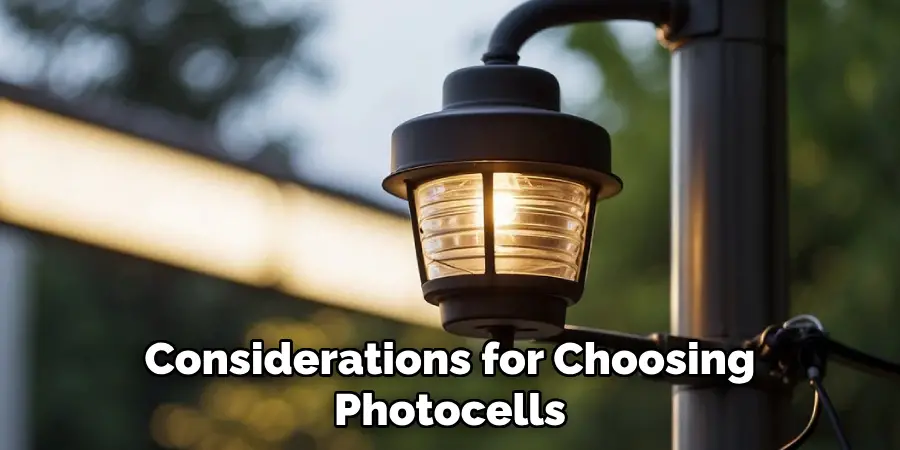
Conclusion
In short, photocells are ingenious sensors that convert light into electrical signals, a process wonderfully demonstrated in the keyword “how does a photocell work.” They play a pivotal role in technology, orchestrating everything from lighting systems to solar energy solutions. As the world leans towards sustainability, photocells evolve and innovate, powering advancements in green energy and smart homes. Embracing photocell technology isn’t just about following a trend but investing in energy-efficient solutions that promise a brighter, smarter future. Whether you’re tech-savvy or just curious, exploring photonic brilliance is a journey worth taking.

